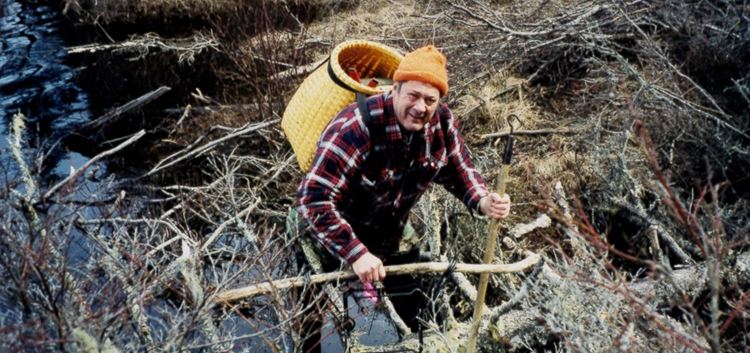
Trapping & sustainability
Although most of us now live in cities, everything we depend on for our survival still comes from nature. The sustainable use of wildlife is based on the fact that most species produce more young than their habitat can support to maturity. Trapping regulations are designed to make use of this natural surplus, year after year, without depleting wildlife populations.
ROLE OF TRAPPING IN CONSERVATION
Humans have changed nature in important ways: e.g., we have drastically reduced wilderness areas and eliminated many top (“apex”) predators. We can no longer simply “let nature take care of itself”; we have a responsibility to help keep wildlife populations in balance with remaining habitat. True conservation, in other words, means “wise use”, not “no use”. Regulated trapping plays an important role in maintaining healthy, abundant wildlife for future generations.
TRAPPING DOES NOT ENDANGER SPECIES
The animals used in the modern fur trade are abundant. Strict national and international laws (CITES) forbid the capture or trade of endangered species. In fact, the modern, well-regulated fur trade is an excellent example “the sustainable use of renewable natural resources”. It may sound strange to refer to wild animals as a “renewable resource”, but this is a central principle of environmental conservation as promoted by the International Union for Conservation of Nature (IUCN), the Worldwide Fund for Nature (WWF) and the UN Environment Program (UNEP).
In the absence of limiting factors such as inadequate habitat, disease, predation and human harvest, beaver populations are capable of very high rates of growth. Regulated trapping helps control furbearer population growth and reduce furbearer damage at no cost to the public, and does not threaten the viability of furbearers population.







